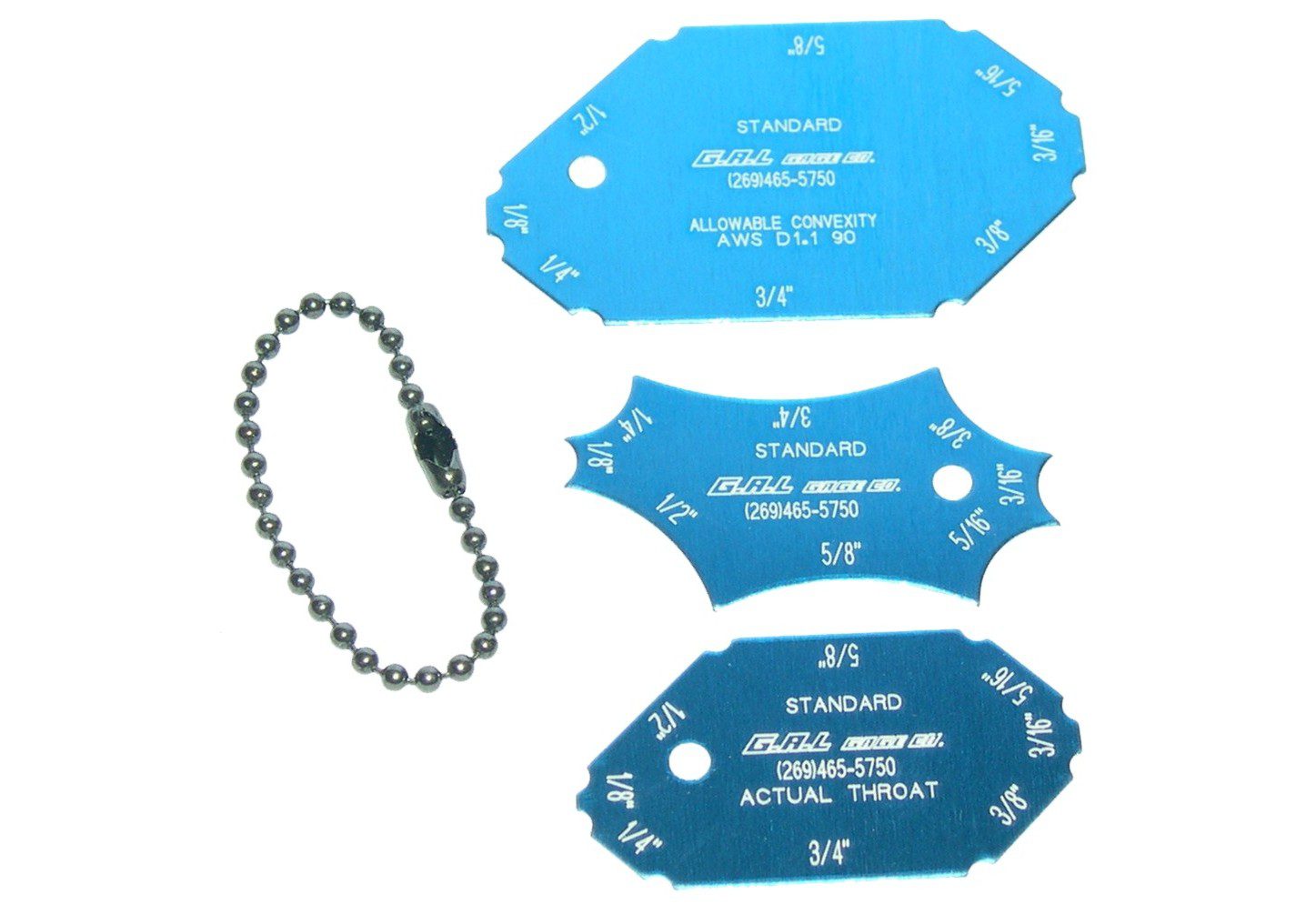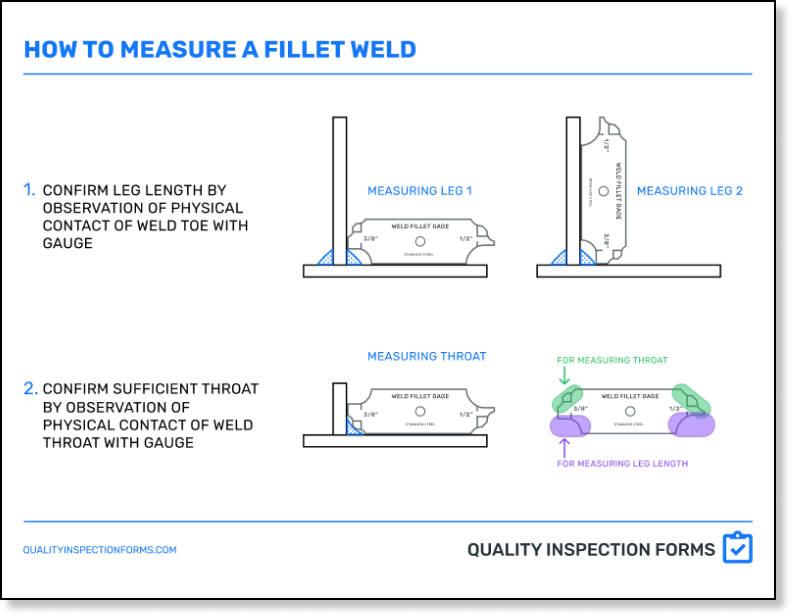Gauge Fillet Weld Fundamentals: Finest Practices and Common Mistakes
Gauge Fillet Weld Fundamentals: Finest Practices and Common Mistakes
Blog Article
Fillet Weld Style Strategies: Optimizing Joint Performance and Appearance for Structural Integrity
In the world of architectural engineering and construction, the importance of fillet weld style techniques can not be overstated. By meticulously considering factors such as weld account optimization, product choice, joint preparation techniques, welding process performance, and aesthetic improvement fabricators, approaches and designers can accomplish a harmonious balance between functionality and appearance in their bonded structures.
Weld Account Optimization


Achieving an optimal weld account involves a thorough consideration of variables such as material thickness, joint setup, welding placement, and desired welding speed. In addition, the option of appropriate welding specifications, such as voltage, existing, and take a trip speed, is essential in managing the form and measurements of the fillet weld. Utilizing advanced welding methods, such as pulse welding or robotic welding, can better improve the weld profile to meet particular style needs and top quality standards.
In essence, weld profile optimization is an essential element of fillet weld layout that straight affects the total efficiency and reliability of welded joints in structural applications.
Material Selection Considerations
When thinking about material choice for fillet weld style, the compatibility of the base metals is an important variable influencing the structural stability of the joint. It is necessary to choose materials that not only bonded with each other properly yet additionally have comparable mechanical properties to ensure the lots is equally dispersed in between the base and the weld metals. Welding materials with vastly different properties can lead to concerns such as stress and anxiety focus, premature joint failure, or cracking.
In addition, the setting in which the bonded structure will run need to be thought about when choosing materials. Variables like deterioration resistance, temperature level fluctuations, and exposure to chemicals can all influence the durability and performance of the weld joint. By picking products that are appropriate for the intended application and setting, the general resilience and reliability of the bonded joint can be substantially enhanced.
Therefore, comprehensive consideration of product compatibility and environmental variables is vital in guaranteeing the weld joint's strength, toughness, and total structural stability.

Joint Preparation Methods
Thinking about the essential role material choice plays in making sure the architectural honesty of fillet weld joints, it is essential to execute accurate joint preparation techniques that maximize the link between the base metals. Joint preparation is a crucial step that directly influences the high quality and stamina of the weld.
Furthermore, tack welding the components in area prior to the final weld helps keep placement and lessens distortion during the welding look at this web-site procedure. By diligently complying with these joint preparation strategies, welders can boost the general performance and appearances of fillet weld joints while making sure structural soundness.
Welding Refine Effectiveness
Efficient welding procedures are vital for achieving optimum productivity and quality in fillet weld construction. One key facet of enhancing welding process efficiency is choosing the suitable welding technique. Aspects such as material kind, joint design, and welding position need to be thoroughly considered to figure out the most ideal method. Procedures like gas metal arc welding (GMAW) and flux-cored arc welding (FCAW) are generally used for fillet welds due to their convenience and speed.
Moreover, guaranteeing appropriate devices arrangement and upkeep is essential for reliable welding. Normal calibration of welding devices, assessment of consumables, and maintenance of welding torches can avoid downtime and remodel, inevitably saving time and resources. Furthermore, utilizing experienced welders with competence in the certain welding procedure being utilized can substantially affect effectiveness. Well-trained welders are much more skilled at readjusting criteria, repairing concerns, and maintaining consistent weld quality.
Visual Enhancement Methods
To maximize the quality of fillet weld manufacture, implementing aesthetic enhancement techniques can play an essential function in ensuring precision and precision during the welding click process. Aesthetic help such as weld dimension gauges and amplifying lenses can assist in evaluating weld accounts and measurements accurately. By incorporating these aesthetic enhancement techniques into the welding process, welders can accomplish not only structurally sound fillet welds however also visually attractive outcomes that satisfy market requirements.

Conclusion
In final thought, enhancing fillet weld layout entails mindful factor to consider of weld account, product choice, joint prep work, welding process performance, and visual enhancement techniques. By applying these techniques, architectural integrity can be enhanced while additionally accomplishing visual allure. It is crucial to focus on both efficiency and looks in fillet weld design to make certain the overall top quality and longevity of the joint.
By diligently taking into consideration variables such as weld account optimization, product choice, joint preparation techniques, welding procedure effectiveness, and aesthetic enhancement designers, techniques and browse around this web-site producers can accomplish a harmonious equilibrium between performance and look in their welded structures.In the realm of fillet weld style, enhancing the weld account plays an essential role in making certain architectural integrity and performance. The weld profile, which includes the size and form of the weld cross-section, straight impacts the circulation of anxiety and load-bearing capability within the joint. It is essential to pick materials that not just weld with each other properly but also possess similar mechanical homes to ensure the tons is evenly dispersed between the base and the weld metals - Gauge Fillet Weld.In final thought, optimizing fillet weld style involves cautious factor to consider of weld profile, product selection, joint prep work, welding procedure effectiveness, and aesthetic enhancement approaches
Report this page